Taxes to Increase on Second Homes, But Will That Make a Difference to the Housing Shortage?
Volume XX, Issue 42
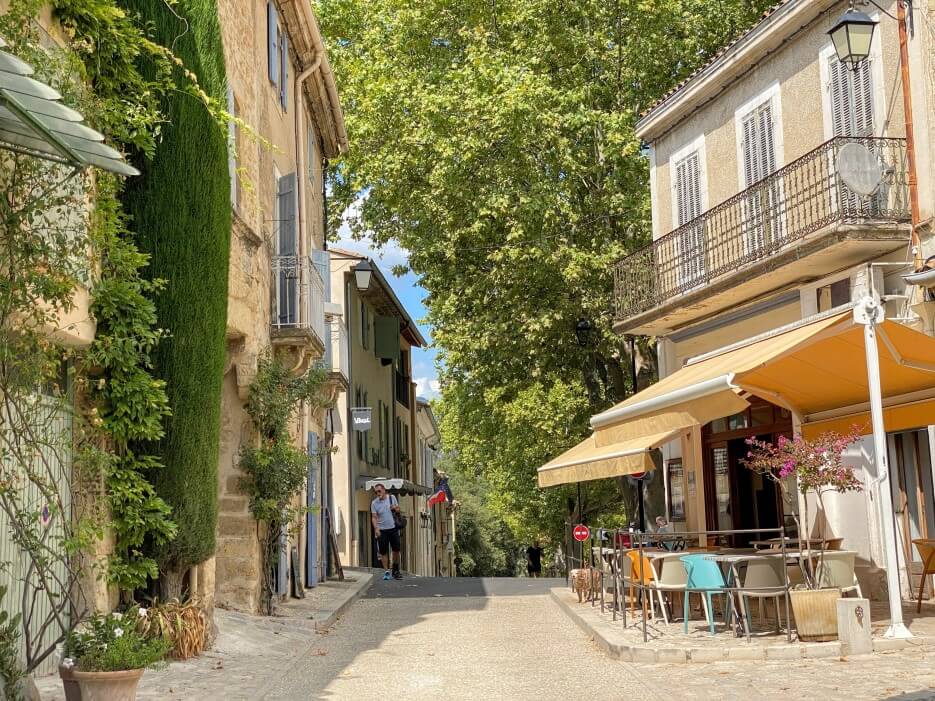
There’s bad news for owners of secondary properties in France, especially those that are left unoccupied (where the property has been empty for a year or more)—the existing “taxe sur les logements vacants” is expected to rise from 12.5% to 17% in the first year of payment, and then 25% to 34% after that.
An amendment to the 2023 budget plans to give mayors the right to impose a surtax on all second homes when their municipality is located in a “tense zone” (meaning zones with a housing shortage) and not only in cities of at least 50,000 inhabitants. It’s an amendment to the 2023 Budget that will change the deal for a good part of the French or foreign owners who have inherited a vacation home, acquired a pied-à-terre by the sea or rent a country house all year round. This amendment provides for authorizing a larger number of mayors to overtax second homes under the housing tax (which will disappear in 2023, but only for primary residences).
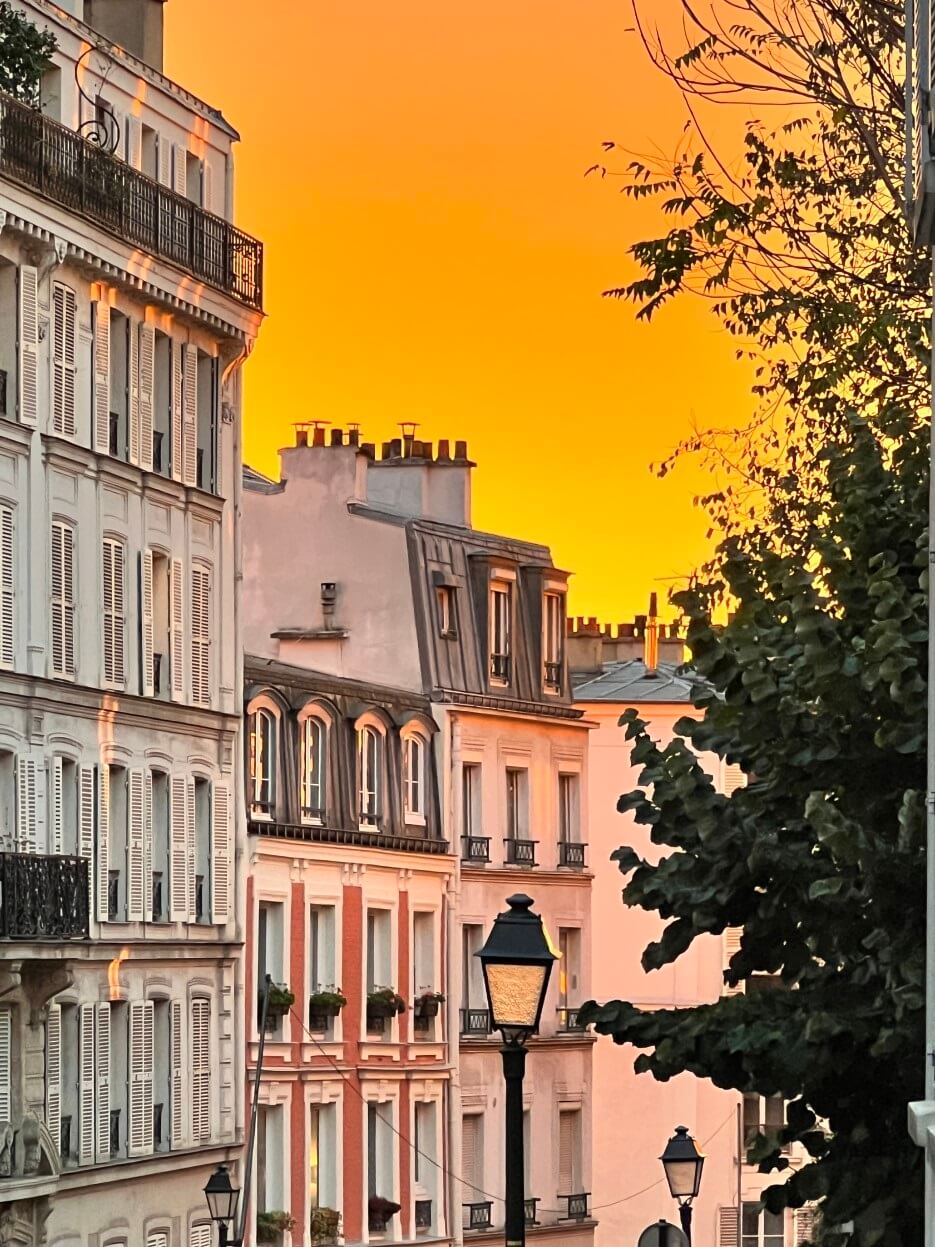
A tense zone is defined as an urban area of more than 50,000 people where access to housing is difficult. This new budget intends to extend this to smaller towns and to measure the strain on the housing market by the cost of buying and renting a property, as well as the proportion of second homes in the area. This is will benefit the tax collections from rural communities on the coast or in the mountains, which do not have a large population but which are popular tourist destinations and therefore have a lot of empty second homes.
A new list of tense zones will be outlined in a government decree. It is likely to include 5,000 communes, as opposed to the current 1,000.
 This is one way the State can put pressure on the owners of empty properties, encouraging them to sell out in order to reduce the strain on the housing market in these areas.
This is one way the State can put pressure on the owners of empty properties, encouraging them to sell out in order to reduce the strain on the housing market in these areas.
Today, 1,136 mayors have the right to tax more. These are the councilors of the communes located in communes of more than 50.000 inhabitants classified as “tense zones.” With this amendment, it will be the mayors of all the communes of the tense zones, including outside the communes, who will be able to apply a surplus to the housing tax paid by the occupants of second homes. Their number is estimated at 5,000.
This does not mean that all these municipalities will rush to add the surtax to these taxpayers. They are blamed for the soaring property prices making it more difficult for residents living there all year round to find housing. Mayors are free to decide whether or not to apply this additional tax, which ranges from +5% to +60%. They count moreover a little less than one in four today to apply this surtax. But, in 2023, the temptation will undoubtedly be stronger, because next year, only second homes will be subject to the housing tax (“taxe d’habitation”).
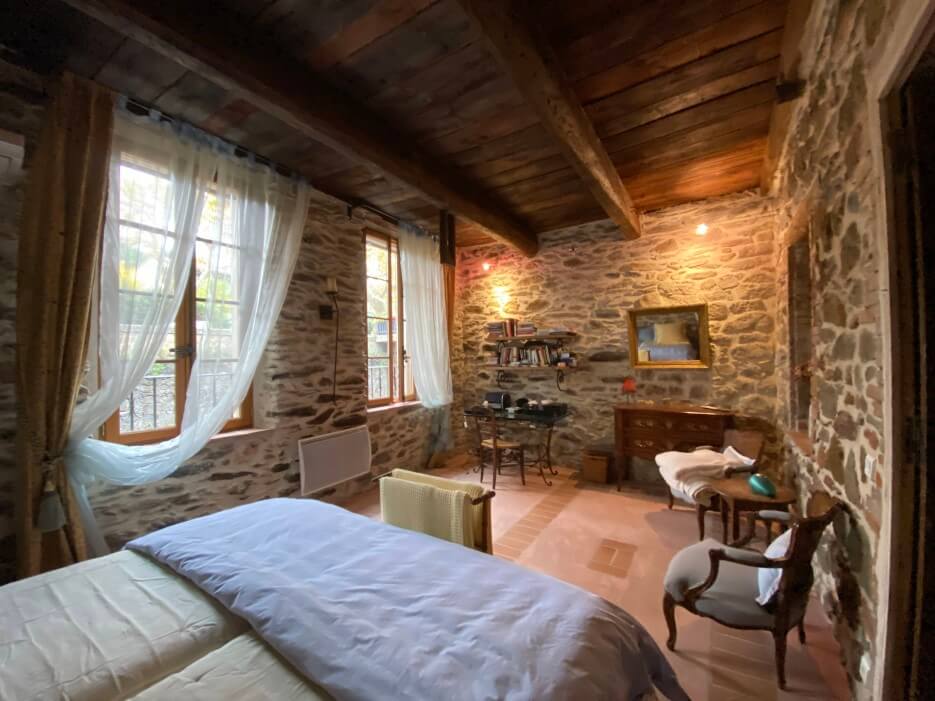
So effectively, a mayor will have the use of this weapon of the surtax, which allows them to make those who have a second home pay more local taxes without having to increase the local taxes paid by those who live (and vote) in the commune.
Most of the communes are in Ile-de-France, Provence-Alpes-Cote d’Azur and Corsica. But, also on the coastlines. A few are in Normandy, but many more in the south of Brittany, on the Atlantic coast, and, obviously, on the entire Mediterranean coast.
We expected this to happen. When they did away with the taxe d’habitation on primary homes, one must assume they will recuperate the loss in other ways. But, will this really solve their problem? I don’t think so! I doubt that raising the taxes on a secondary property, which obviously the owner can already afford to own and operate and still eat three meals a day, will matter.
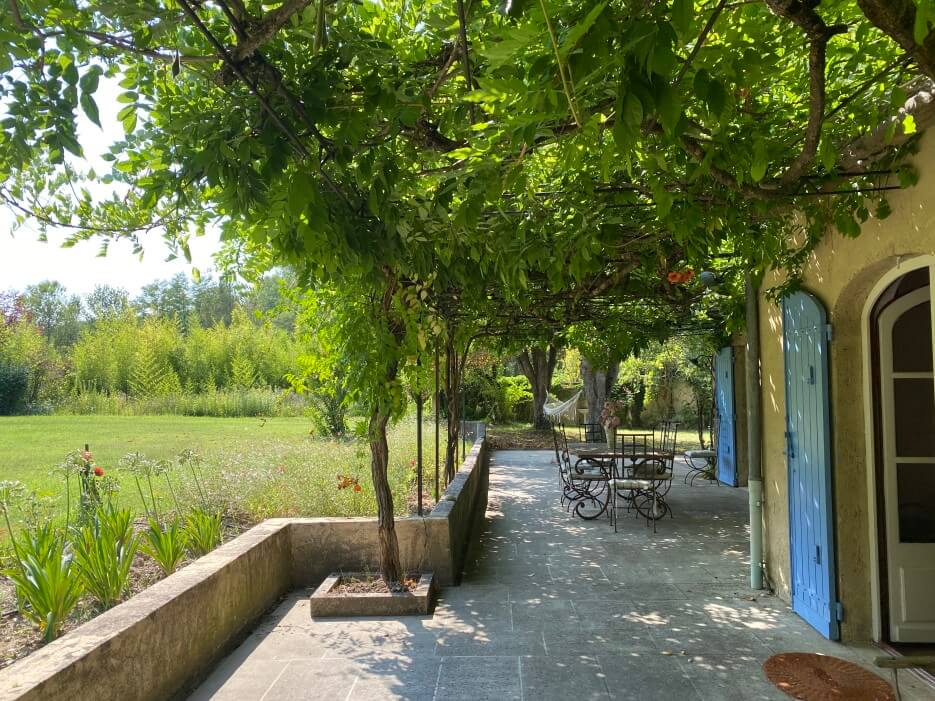
According to an article in CNN this past year, the way to address a housing shortage is to incentivize new construction of affordable homes:
1) Lift condo lending restrictions
2) Focus on manufactured housing
3) Improve financing for existing homes
4) Empower borrowers
The World Economic Forum has more solutions.
1. Upzoning—allow the construction of up to several units per lot.
2. Less strict immigration policies—as the construction industry heavily relies on immigrant workers, thereby reduce housing costs by lowering developing costs and abating labor shortages.
3. Financial incentives on both sides—stimulate both the supply and demand sides with low-interest loans and tax abatements to assist with conversions of obsolete offices and hotels into residential property.
4. Commercial retail space to create tax revenue—turn prominent streets into pedestrian-only unlocking the potential for highly valuable commercial space; property tax revenues will follow and this extra income can be used to create affordable housing.
5. More mortgages for homebuyers—down payment assistance programs by loosening banking regulations to allow smaller down payments that can ease the burden on buyers.

Property taxes in France are still about one-tenth of US rates, so again, I doubt it will incentivize the foreign owners I know to sell their properties. And the French? They have a history of second homes that dates back to when the aristocracy had their châteaux in the countryside and then their “hôtel particuliers” (townhouses) in the city.
There are 3.4 million secondary residences in France, more than any other European country, and while some of those are owned by foreigners, many are owned by French people. These represent 10% of the real estate stock according to a study by Insee based on data collected in 2015. During a study conducted by the firm Elabe for Crédit Foncier published in 2018, 4 out of 10 French people who do not own a second home, expressed the desire to buy one. Of these 60% said they would like it to be located by the sea. The figures of the census conducted in 2015 by INSEE corroborate the results of this survey. The coastal departments are those whose proportion of casual housing compared to the total number of housing, is the most significant.

I still don’t envision the tax incentives to have much effect on the housing shortage, but a big effect on tax collection!
If you want to know if you are potentially concerned by the tax increases, just visit this official website and type the name of the town where your house or apartment is located.
A bientôt,
 Adrian Leeds
Adrian Leeds
The Adrian Leeds Group
P.S. Fractional ownership is a perfect way of combining lifestyle with investments! To learn more, visit our website and see all of our fractional ownership properties on the market today!
2 Comments
Leave a Comment
To read more, click the links below.





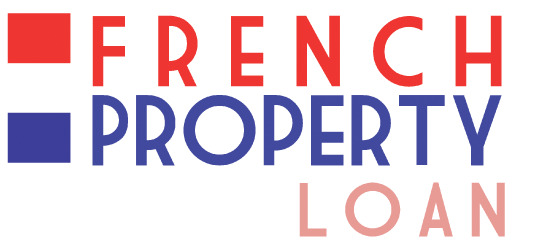

Adrian,
I love your articles! As an avid investor with short term and long term vision in France, I love reading each one. I appreciate the research and facts you put into them. Thank you!
Thanks so much!